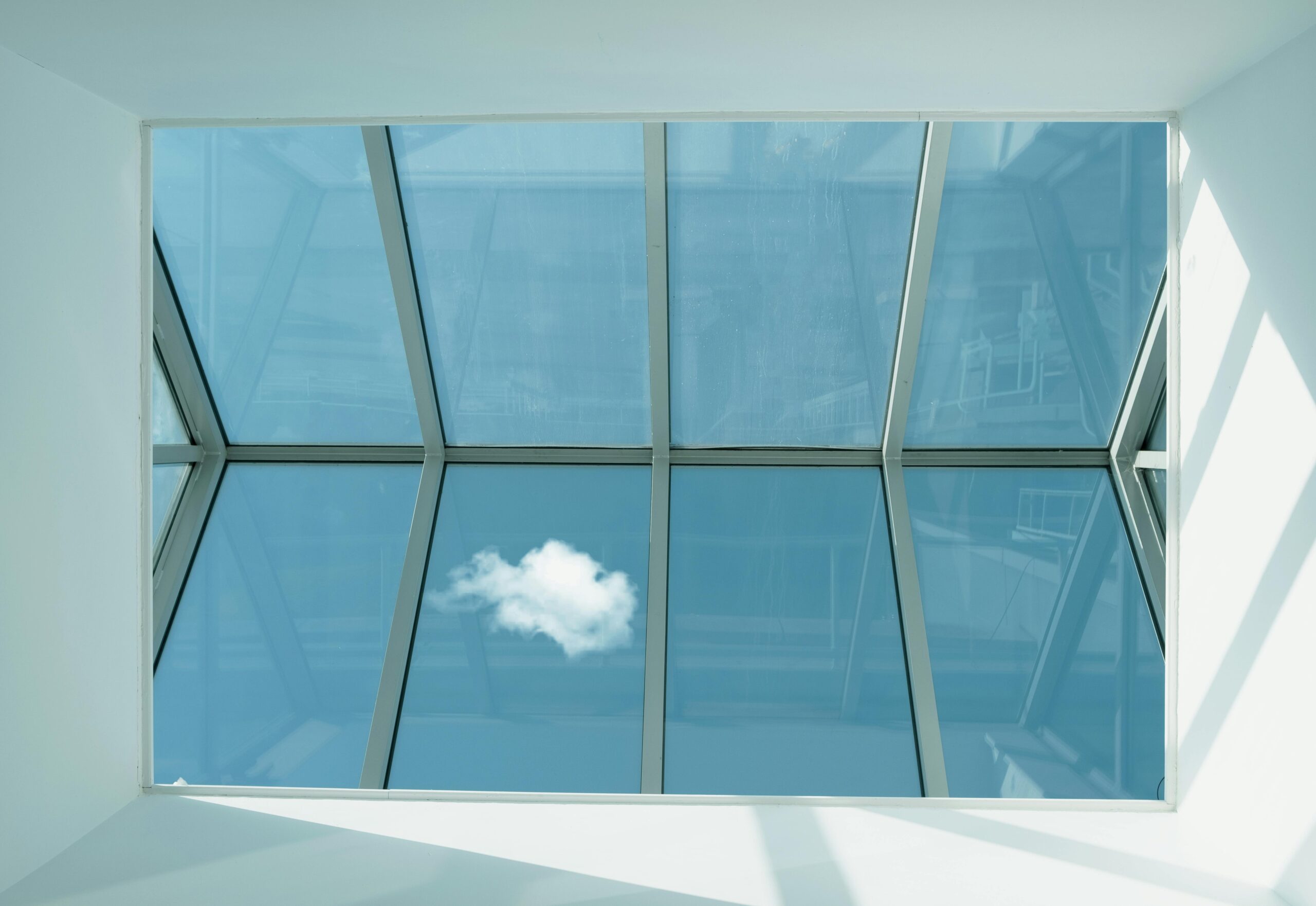When it comes to bringing natural light into darker areas of your home, skylights and solar tubes offer effective solutions with distinct advantages and limitations. These roof light options can transform dim spaces, increase energy efficiency, and enhance your home’s aesthetic appeal. Understanding the differences between skylights vs solar tubes pros cons can help you make an informed decision based on your specific needs, budget constraints, and home design. This article compares these popular natural light solutions for home improvement, examining installation requirements, light quality, energy efficiency, and potential long-term maintenance considerations.
Understanding Skylights: Traditional Light Wells
Skylights are essentially windows installed in your roof that allow direct sunlight to enter your home. As one of the most popular roof light options available, skylights create dramatic light effects and provide unobstructed views of the sky. Traditional skylights come in various styles, including fixed (non-opening), vented (can be opened for ventilation), and tubular (smaller but still classified as skylights). The direct connection to the outdoors makes skylights particularly effective as a natural light solution for home spaces that feel closed off or perpetually dim.
The aesthetic impact of skylights cannot be overstated. They create a sense of openness that can make rooms feel larger and more connected to the natural environment. In living rooms, kitchens, and stairwells, skylights provide not just functional lighting but also visual interest. Many homeowners find that the best way to brighten dark room areas is through the installation of strategically placed skylights that capture maximum sunlight throughout the day.
However, skylights require significant structural modifications to your roof. The cost to install skylight solar tube options varies, but traditional skylights typically represent the higher investment. Installation usually involves cutting through roofing materials, framing the opening, and ensuring proper weatherproofing—a job best left to professionals. You can find qualified roofing or window installation experts through platforms like AskHomey, where verified contractors compete for your project.
Solar Tubes: Compact Light Delivery Systems
Solar tubes (also called sun tunnels, light pipes, or tubular skylights) offer an alternative approach to bringing natural light indoors. These systems capture sunlight through a small dome on the roof and channel it down a reflective tube that can bend around obstacles in your attic, eventually dispersing the light through a diffuser at ceiling level. This innovative design makes solar tubes an excellent natural light solution for home spaces where traditional skylights might be impractical.
The compact nature of solar tubes (typically 10-14 inches in diameter) means they require minimal structural modification to your roof. This translates to simpler installation and less potential for leaks compared to conventional skylights. When evaluating the cost to install skylight solar tube systems, solar tubes generally come in at a lower price point, making them attractive for homeowners seeking budget-friendly solutions.
One significant advantage of solar tubes is their impressive light delivery efficiency. The highly reflective interior surface can transmit surprisingly large amounts of light even on cloudy days. For those wondering about the best way to brighten dark room areas like hallways, bathrooms, or closets where larger skylights aren’t feasible, solar tubes offer an ideal solution. They provide diffused, natural illumination without the harsh glare sometimes associated with direct skylight exposure.
Comparing Light Quality and Energy Considerations
When evaluating skylights vs solar tubes pros cons, light quality deserves careful consideration. Traditional skylights deliver unfiltered, direct sunlight that changes in intensity and angle throughout the day, creating dynamic lighting effects. This can be desirable in living spaces but potentially problematic in areas where consistent light is preferred. Solar tubes, conversely, provide more diffused, consistent illumination that resembles high-quality artificial light while still maintaining the health and mood benefits of natural lighting.
From an energy perspective, both options offer potential savings on artificial lighting. However, traditional skylights can affect heating and cooling costs more significantly. In summer, they may admit unwanted heat, while in winter, they might allow warmth to escape. Modern skylights address these concerns with low-E glass coatings and proper installation techniques, but solar tubes generally have less impact on thermal performance due to their smaller footprint and insulated design.
Maintenance and Long-Term Considerations
Long-term maintenance represents another important factor when comparing roof light options. Traditional skylights require periodic inspection for leaks and may need occasional resealing around flashing. The glass surfaces also need cleaning to maintain optimal light transmission. Solar tubes typically require less maintenance, with the exterior dome occasionally needing cleaning to remove debris or film that might reduce light capture.
Weather resilience also differs between these natural light solutions for home installation. While modern skylights are designed to withstand significant weather events, their larger roof penetration inherently carries more risk for potential leakage. Solar tubes, with their smaller footprint and simpler flashing requirements, generally present fewer weather-related concerns over time.
Making Your Decision
Choosing between skylights and solar tubes ultimately depends on your specific needs, budget, and home architecture. Traditional skylights make the most sense when dramatic light effects and views are priorities. Solar tubes excel when installation simplicity, consistent lighting, and cost-effectiveness are paramount concerns. For many homeowners, the best way to brighten dark room areas might involve a combination of both technologies used strategically throughout the home.
For more tips and to connect with reliable home service professionals, follow AskHomey on Facebook and Instagram.



